Former professional basketball player launches New York’s first commercial kelp farm, adding a ‘great complementary crop to oysters’
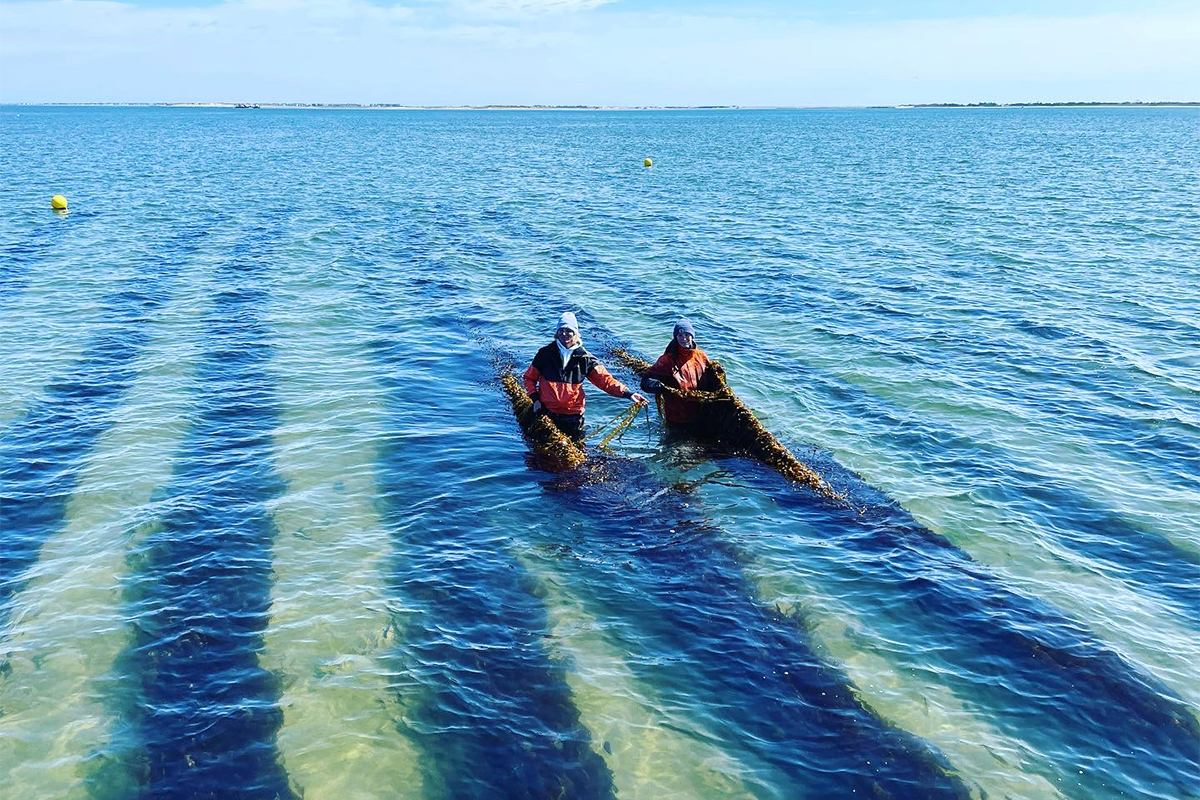
Sue Wicks has been a commercial oyster farmer for seven years. Now she’s also a commercial seaweed farmer – the first and only in New York.
Wicks’ company, Violet Cove Oyster Co., is the inaugural business in the state to be issued a commercial sugar kelp permit. When she harvests her first crop in the spring, it will mark the start of New York’s commercial kelp industry.
Wicks was first drawn to sugar kelp for both its environmental benefits and its economic promise. Kelp makes for a healthier ocean environment and helps her oysters thrive. Growing kelp also allows oyster farmers to diversify their product lines and tap into a new revenue stream.
Wicks projects she’ll harvest 50,000 pounds of kelp in her first year. A cosmetics company is interested in buying her entire harvest, but rather than go for the sure sale, she wants to diversify the buyer base with the idea of helping establish a new industry on New York’s Long Island.
“Even though that’s long-hanging fruit to sell it to one company, it’s not a matter of money,” Wicks said. “We’re trying to build an industry here so that other farmers would be encouraged to get involved and have lots of buyers.”
Sugar kelp is a yellowish-brown marine algae widely cultivated and eaten in Asia and growing in popularity in the United States. Commercial kelp farms can be found in Maine, New Hampshire, Massachusetts, Rhode Island and Connecticut on the East Coast, and in Alaska and Washington on the West Coast. Besides sugar kelp, other kelp varieties include winged kelp, skinny kelp and bull kelp.
New York has now joined the party. For two years, Wicks has run a research kelp farm on the south side of Long Island and will be able to sell her harvest now that she has a commercial permit.
Exploring the relevancy, resiliency and scalability of seaweed farming at Seagriculture
‘A lot of interest’
Wicks wasn’t always the kelp queen of New York state. Previously, Wicks was an All-American basketball player at Rutgers University and went on to play professionally around the world after finishing college in 1988. After the WNBA was launched in 1997, she played with the New York Liberty until her retirement in 2003. She is a member of the Women’s Basketball Hall of Fame.
Now 57, Wicks became an oyster farmer at age 50, when she followed in the footsteps of her father and forebears before him who had made their livelihoods off the water. Her father was a Long Island bayman, harvesting lobsters, scallops, crabs, clams, mussels and eels with the seasons. Further back, her ancestors included ship captains, fishermen and boatbuilders.
Her Violet Cove Oyster Co., located in the shallow waters of Moriches Bay, will produce about 500,000 oysters this season, up from about 200,000 oysters in her first year. She sells primarily to wholesalers, but also directly to a few restaurants.
For her kelp farm, she has 30 floating polypropylene ropes set up in two sections in grid formation, either 3 or 4 feet apart, the lines anchored to the sandy bottom. She seeded her lines with kelp spores in late November for her first commercial crop. As of mid-December, Wicks was the only person in New York to be issued a commercial permit, although four others have applied, according to the state’s Department of Environmental Conservation.
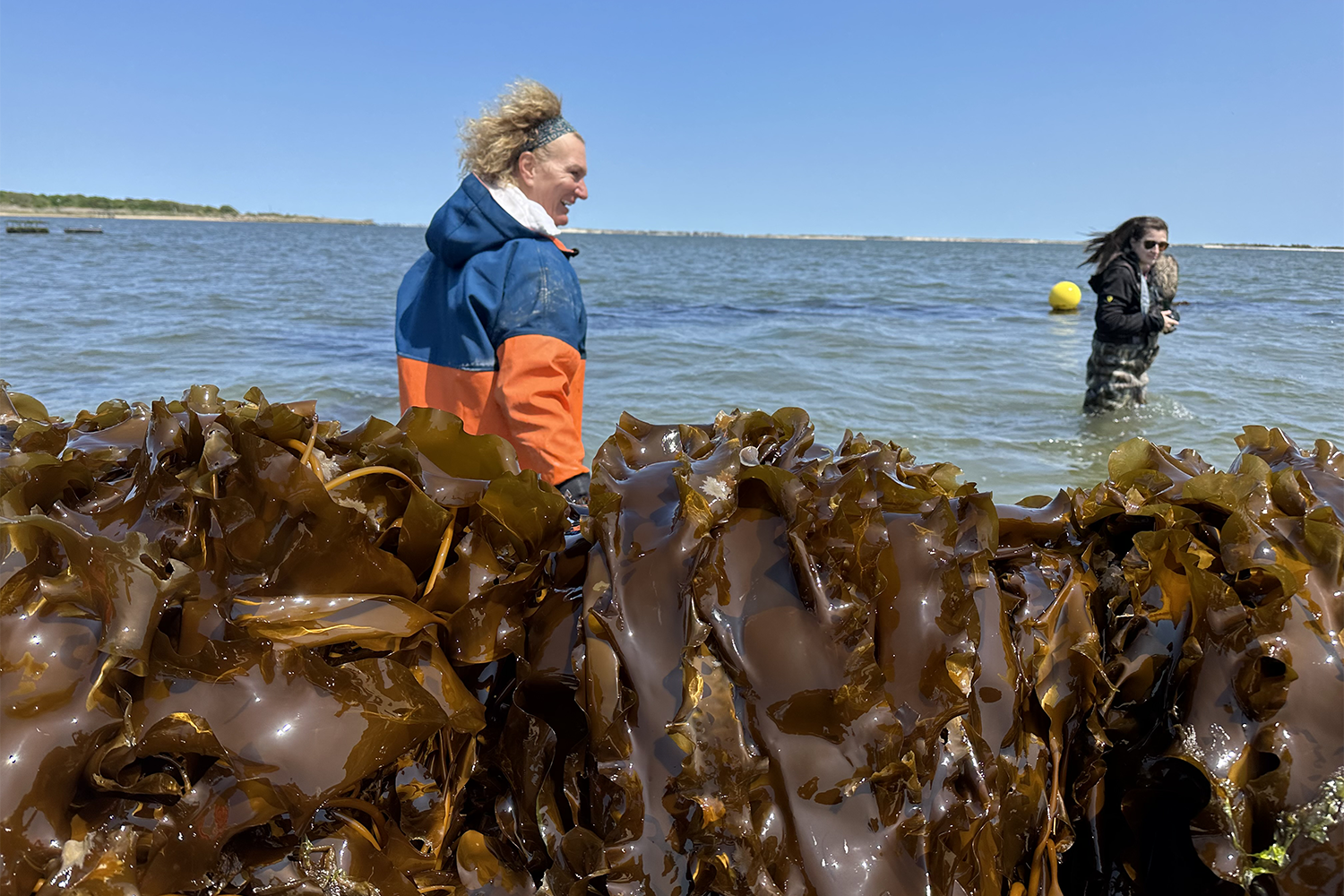
Wicks’ kelp is grown adjacent to her oyster farm, and research shows that growing kelp alongside oysters improves water quality, strengthen the oysters’ shells and encourages shellfish growth.
Unlike most kelp farms nationally that are in deeper waters, Wicks’ farm is located in shallow waters – only 3 to 6 feet deep – that are typical of Long Island. So far, she’s had success growing her 9-foot blades of kelp in shallow water, with tidal currents helping carry the blades out into the water off the ocean bottom.
Because the waters are shallow, Wicks typically dresses in layers and neoprene outer gear and simply wades into the water to work on her oysters or kelp.
The environmental benefits of kelp farming are clear. Kelp sucks nitrogen and carbon dioxide out of the water, said Michael Doall, associate director of shellfish restoration and aquaculture at Stony Brook University’s School of Marine and Atmospheric Sciences. That, he said, results in cleaner waters and reduces ocean acidification.
Doall, who has been to Wicks’ farm several times for his research, said kelp is also an ideal crop for oyster farmers because they have opposite growing seasons. “In New York, we are a monocrop,” he said. “There are probably over 50 shellfish farms, but everybody grows oysters – that’s it, that’s the only thing being cultivated. Kelp is a great complementary crop to oysters.”
One of the keys to building an industry is to build markets to sell to, with food products often coming to top of mind. In Maine, for example, companies are producing products that include seaweed salads, kimchi, teas, smoothie cubes, snack bars, beverages and spice blends, as well as dried whole leaves, flakes and powders.
But the potential uses of kelp go far beyond food. It is also used for fertilizers, skincare and cosmetic products and animal feed. Wicks gave a batch of kelp from her experimental farm to a manufacturer to see if it would work out as a clothing fabric. Doall said he knows of European companies that are making bioplastics out of seaweed for packaging.
The bottom line? “A lot of people have an interest in using this,” Wicks said.
I expect that 10 years from now kelp will be more a central part of the conversation on Long Island. I see it as being part of the economy and part of the conversation that people are having about water quality, the environment and the economic benefits.
Growth potential
Given the experience in other states, the kelp harvest in New York has the potential to grow. The 2022 harvest in Alaska was 872,288 pounds, up nearly tenfold in five years. Maine’s kelp farms produced 746,675 pounds in 2022, up more than 50 percent over 2021, the first year statistics for farm-raised kelp became available in Maine.
As executive director of the nonprofit Lazy Point Farms, Wendy Moore has made kelp her passion. Lazy Point Farms is a subsidiary of the Moore Family Charitable Foundation devoted to helping the kelp industry in New York. “I think Sue landing the first permit is historic, and it’s definitely a marker of progress we’re all very proud of,” Moore said.
But it’ll take inspiration and education among growers, kelp buyers and the public for a kelp industry to take hold, she said.
“I expect that 10 years from now kelp will be more a central part of the conversation on Long Island,” she said. “I see it as being part of the economy and part of the conversation that people are having about water quality, the environment and the economic benefits.”
Sue Wicks may be the first commercial kelp farmer in New York, but she doesn’t consider herself a trailblazer. She said getting a permit has been a collective effort with help from scientists, nonprofits, government agencies, policymakers, fellow oyster farmers and others.
“I’m not trying to be the first to market, I’m not trying to be the first one to have all this kelp and make money,” she said. “I’m trying to get as many people involved as possible. If I have success, that’s the best way to recruit people.”
Now that you've reached the end of the article ...
… please consider supporting GSA’s mission to advance responsible seafood practices through education, advocacy and third-party assurances. The Advocate aims to document the evolution of responsible seafood practices and share the expansive knowledge of our vast network of contributors.
By becoming a Global Seafood Alliance member, you’re ensuring that all of the pre-competitive work we do through member benefits, resources and events can continue. Individual membership costs just $50 a year.
Not a GSA member? Join us.
Author
-
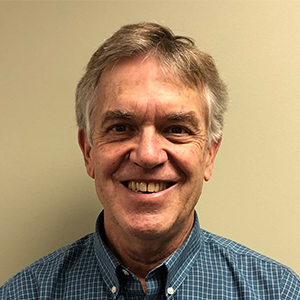
Clarke Canfield
Clarke Canfield is a writer, editor and author who has worked for various newspapers, magazines and The Associated Press for more than 40 years. He has focused on commercial fisheries and marine-related issues for much of his career, and was once executive editor of National Fisherman and SeaFood Business magazines. He is also the author of a book about the New York Yankees. He lives in South Portland, Maine, with his wife.
Tagged With
Related Posts
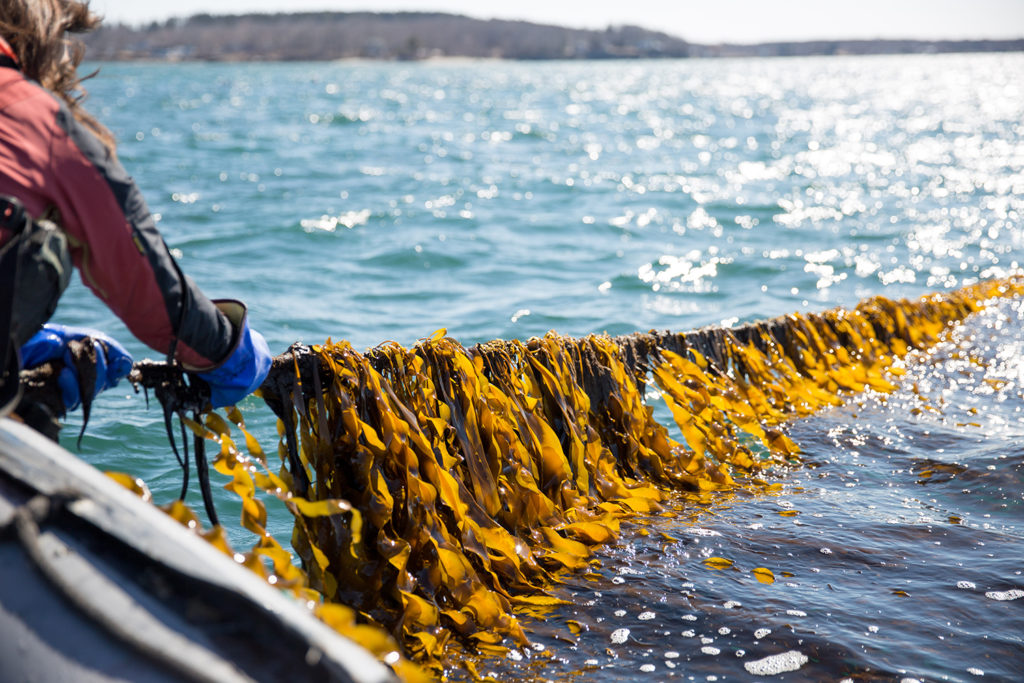
Intelligence
Kelp is the climate-friendly crop that could
Kelp aquaculture is poised for growth on both U.S. coasts, but one grower network in Maine is building a brand and demand for domestic seaweed.
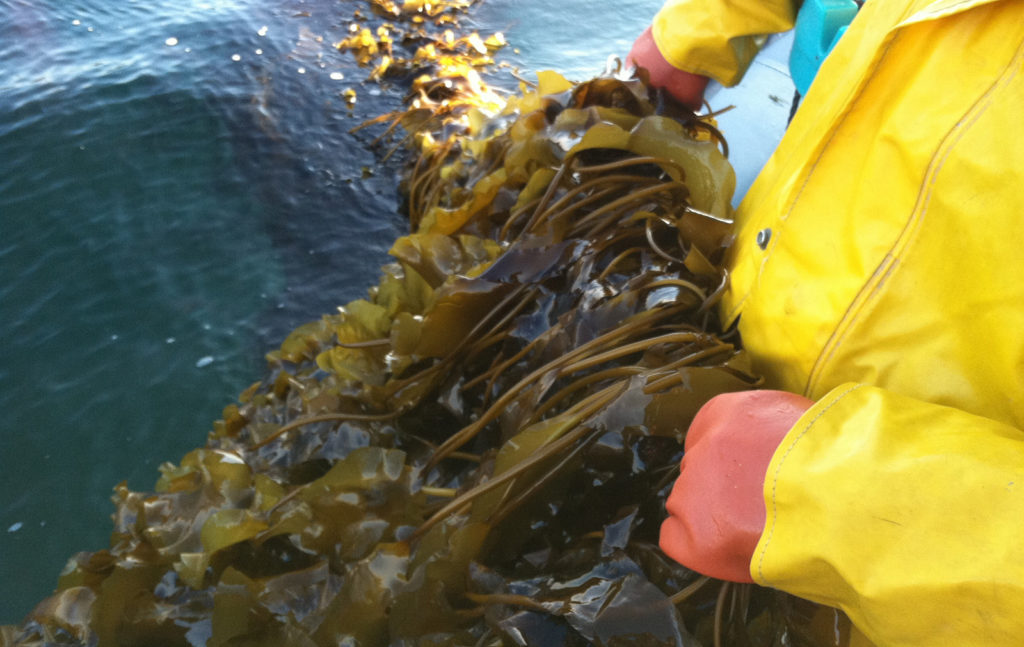
Responsibility
Lean and green, what’s not to love about seaweed?
Grown for hundreds of years, seaweed (sugar kelp, specifically) is the fruit of a nascent U.S. aquaculture industry supplying chefs, home cooks and inspiring fresh and frozen food products.
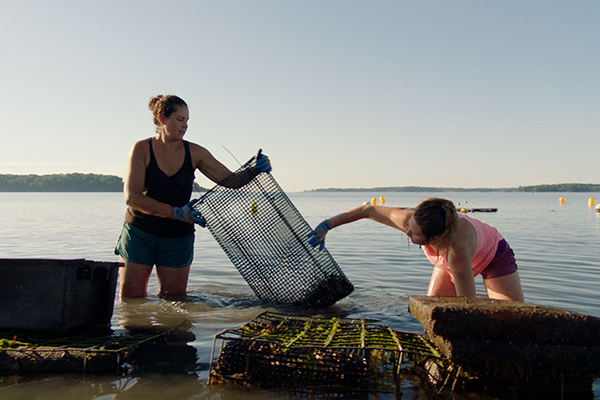
Responsibility
‘Walk in like you own the place’: How inequality continues to impact women in aquaculture and the obstacles to change
The Women in North American Aquaculture Summit examined equal opportunity for women in aquaculture, barriers to participation and inequality solutions.
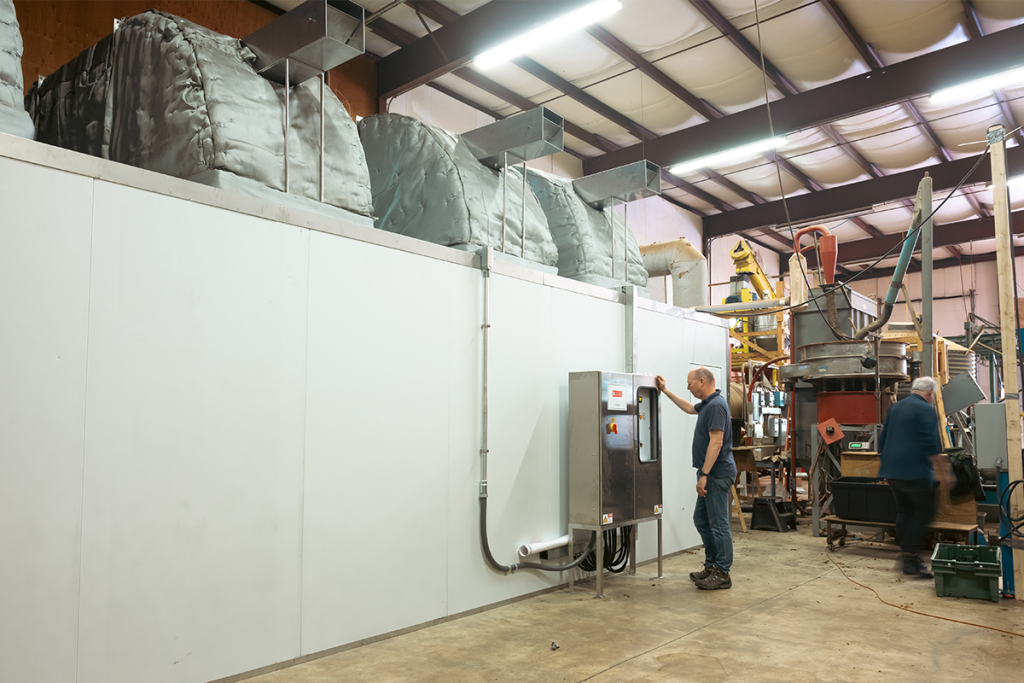
Intelligence
Maine seaweed farming company secures a kelp dryer and promptly decides to share it
Oceans Balance in Maine secured an industrial kelp dryer from South Africa that has the capacity to process other local seaweed farming producers’ plants.


